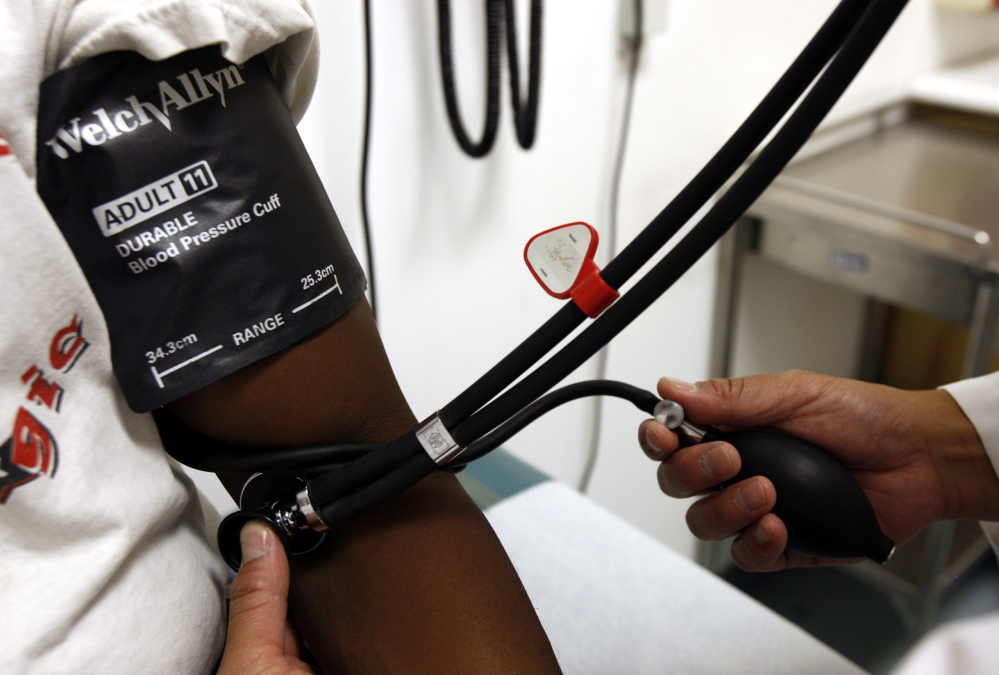In 1975, the dean of the Harvard School of Public Health likened the medical care challenges of that day (high cost, uneven access and quality) to the “tragedy of the commons,” which describes what happens when a decision that makes sense for individuals can have disastrous results if everybody does it. For example: When herdsmen do not restrain their herds’ grazing on common land, the land will become depleted and all will suffer.
That same year, my first boss opined, “There are more people living off cancer than there are dying from it.” If the challenges of 40 years ago haven’t changed much, the solution probably remains the same: give and take, and collaboration. Here’s a top 10 list for the U.S. senators working on their own replacement for the Affordable Care Act to consider:
• 10. Focus on the tougher issue of reducing the cost of health care instead of the sledgehammer approach of covering a lower percentage of the cost of fewer services for fewer people. Under current law, the cost of health care claims makes up at least 80 percent of the cost of health insurance, so remember: “It’s the claims, stupid.”
• 9. Require hospitals and doctors to publish their prices in a manner that eighth-graders can understand. For example: “We charge 120 percent of Medicare for patients covered by Blue Cross, 125 percent for those covered by Aetna and 175 percent if you are not insured.” That will do more to increase competition than all the rhetoric we’ve heard in the last year.
• 8. Require sponsors of employment-based health insurance – which covers over half of all Americans – to choose from one of a few dozen standard benefit plan designs instead of the over 100,000 different plans administered for them today.
This would bring down the direct administrative cost of the coverage from over 10 percent to closer to Medicare’s 2 percent and would reduce the administrative burden on doctors and hospitals.
• 7. Tax and reduce the demand for sugared snacks and drinks, which contribute to the diabetes epidemic, and increase federal taxes on tobacco products. Reducing the number of sick people will reduce the total cost of claims.
• 6. Set a ceiling of the “best price globally” for drug prices in the largest prescription drug market in the world: the United States. Markets typically support volume discounts. Change patent terms and protections to maintain an incentive for high-risk research and development investment to keep their miracle pipeline flowing.
• 5. Set national standards for what constitutes the adequacy of benefit plans where “in-network” benefits are greater than “out-of-network” benefits. For example: All covered individuals must have access to a choice of at least three primary care practitioners who are accepting new patients within 20 minutes’ travel time.
• 4. Doctors and patients should engage in documented and evaluated shared decision-making on overused procedures or ones for which effective options exist. Recommended by a blue-ribbon panel during the Reagan administration, shared decision-making calls for certified, third-party information about alternative treatments – for example, surgery vs. physical therapy – and a post-visit survey of the patient about their conversation with the doctor (“Did the doctor answer all of your questions?”).
Shared decision-making helps patients make a decision with which they are comfortable and empowers them with better information – thus increasing quality and reducing costs.
• 3. Ease antitrust laws so that employers can band together to negotiate hospital and doctor prices in the local markets where health care is bought and sold.
Today, individual employers and their insurers typically represent a negligible portion of hospitals’ and doctors’ revenues, though collectively, they represent the largest single share. This fragmented purchasing power leads to their paying at least 20 percent more than Medicare and Medicaid for the same services, though the government programs pay for less patient volume than the employer segment.
• 2. Maintain the requirement that insurance policies cover essential benefits, set maximum amounts for out-of-pocket costs and eliminate most annual and all lifetime limits on benefits. Or you could buy a policy with a $10 annual deductible for $5 per month that covers one blood pressure test at a pharmacy 20 miles from your home, albeit with no pre-existing condition exclusions.
• 1. Amend the U.S. Constitution to set down as a right what Congress stated as a “finding” in the National Health Planning and Resources Development Act of 1974: “The achievement of equal access to quality health care at a reasonable cost is a priority of the federal government.”
William Rosenberg of Mount Vernon recently retired from a 40-year career in public health, group health insurance and health care consulting.
Send questions/comments to the editors.



Success. Please wait for the page to reload. If the page does not reload within 5 seconds, please refresh the page.
Enter your email and password to access comments.
Hi, to comment on stories you must . This profile is in addition to your subscription and website login.
Already have a commenting profile? .
Invalid username/password.
Please check your email to confirm and complete your registration.
Only subscribers are eligible to post comments. Please subscribe or login first for digital access. Here’s why.
Use the form below to reset your password. When you've submitted your account email, we will send an email with a reset code.